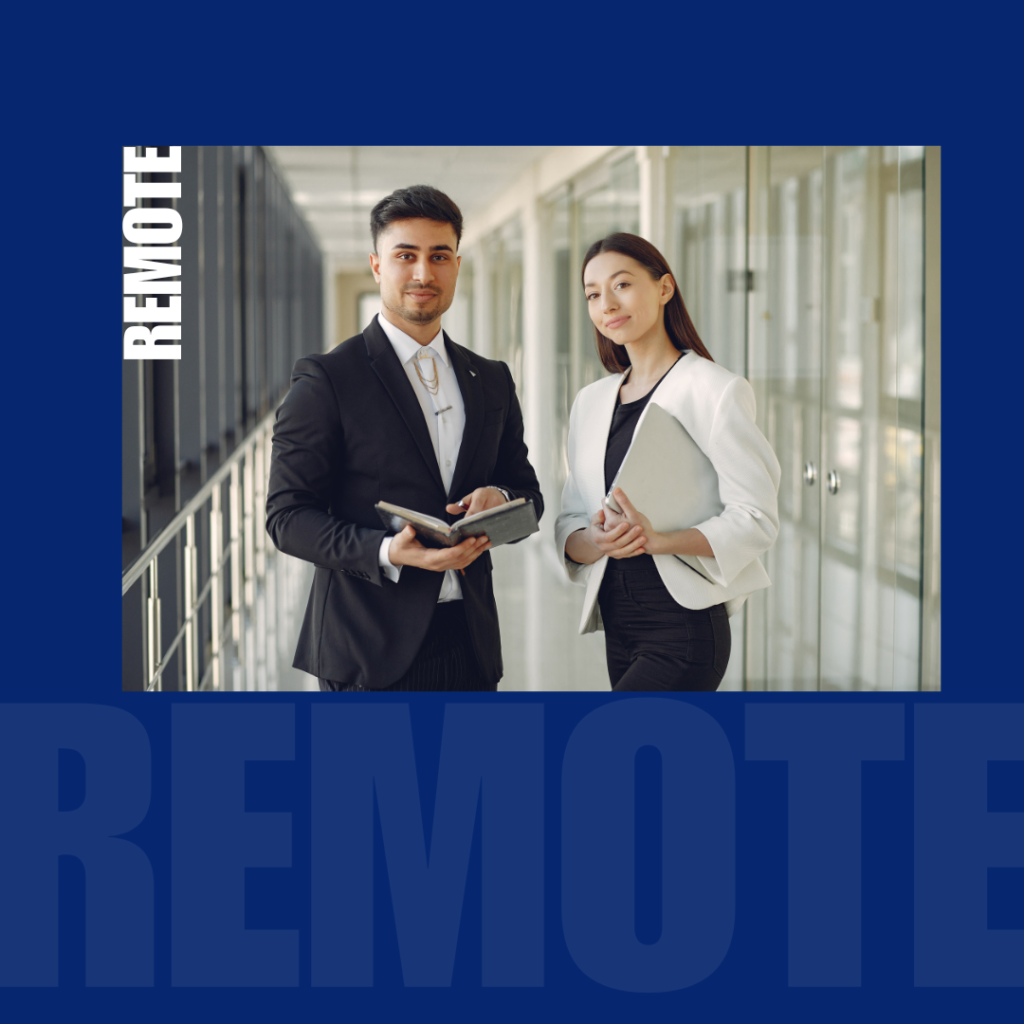
How to Build a Fast but Human Recruiting Process
Hiring today isn’t just about speed. It’s about being fast without making people feel like a number. In a world of one-click apply, ghosting, and AI filters, job seekers want one thing: real connection. Let’s talk about how to create a recruiting process that moves fast but still feels personal.
Stop Overcomplicating the Process
Let’s be honest. Too many companies make hiring harder than it needs to be. Five rounds of interviews, long silence between steps, confusing tests — no one has time for that anymore. A fast process starts with clarity. Know what you’re looking for. Know who makes the final decision. Know how many steps it actually takes to get there.
When your process is clean, you don’t just save time. You also show respect for the candidate’s time — and that builds trust from day one.
Automate What You Can — But Keep the Human Touch
Yes, automation is a gift. Use tools to schedule interviews, send confirmations, and sort applications. But don’t let the system replace real interaction. A quick follow-up message from a real person goes a long way. Even a short email that says “Hey, we’ve received your CV and we’re reviewing it this week” feels human — and that matters.
Candidates want speed, but they also want to feel seen. Use automation to save time, not to cut people out of the experience.
Communicate Clearly and Often
Nothing turns people off like silence. If someone applies, they want to know what’s next. If you say “we’ll get back in 3 days,” then follow through. If there’s a delay, say so. People understand life happens — they just don’t like guessing.
Fast doesn’t mean rushed. It means organized, consistent, and respectful. The best recruiting teams move quickly because they’ve mastered simple, honest communication.
Respect the Person, Not Just the Resume
Want your process to feel more human? Start by remembering there’s a person behind every application. Don’t make them repeat their CV word-for-word in an interview. Don’t treat junior roles like executive panels. Ask good questions, listen actively, and be real.
People will remember how you made them feel — especially if they don’t get the job. A respectful experience creates brand advocates, even among rejected candidates.
Final Thought: It’s Not Either-Or
You don’t have to choose between fast and human. The best recruiting teams balance both. They use tools smartly, stay clear in their process, and keep kindness at the center. That’s what makes great hires — and a strong employer brand.
